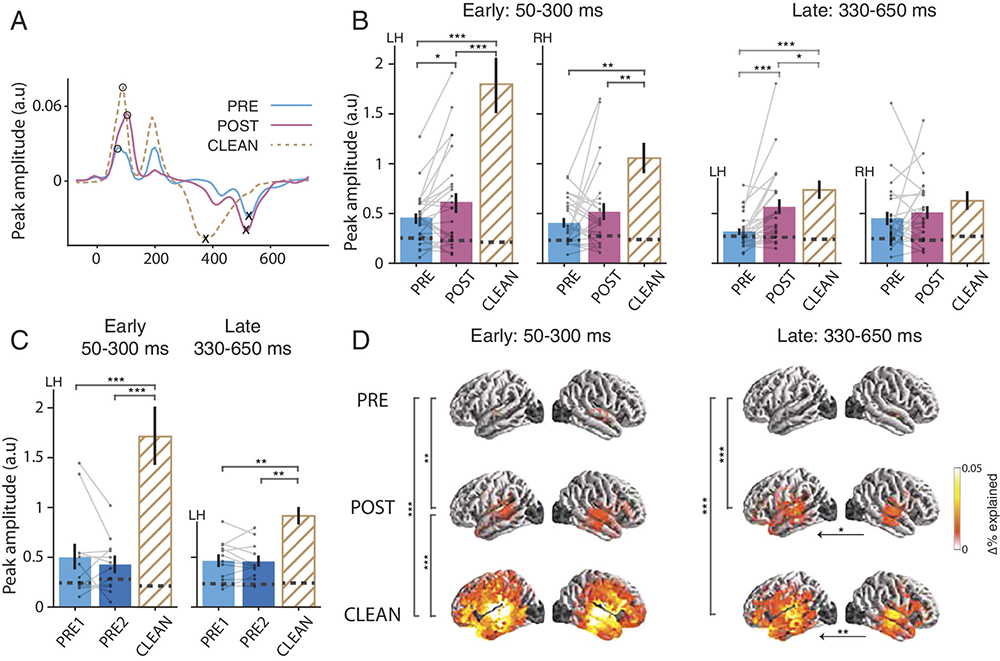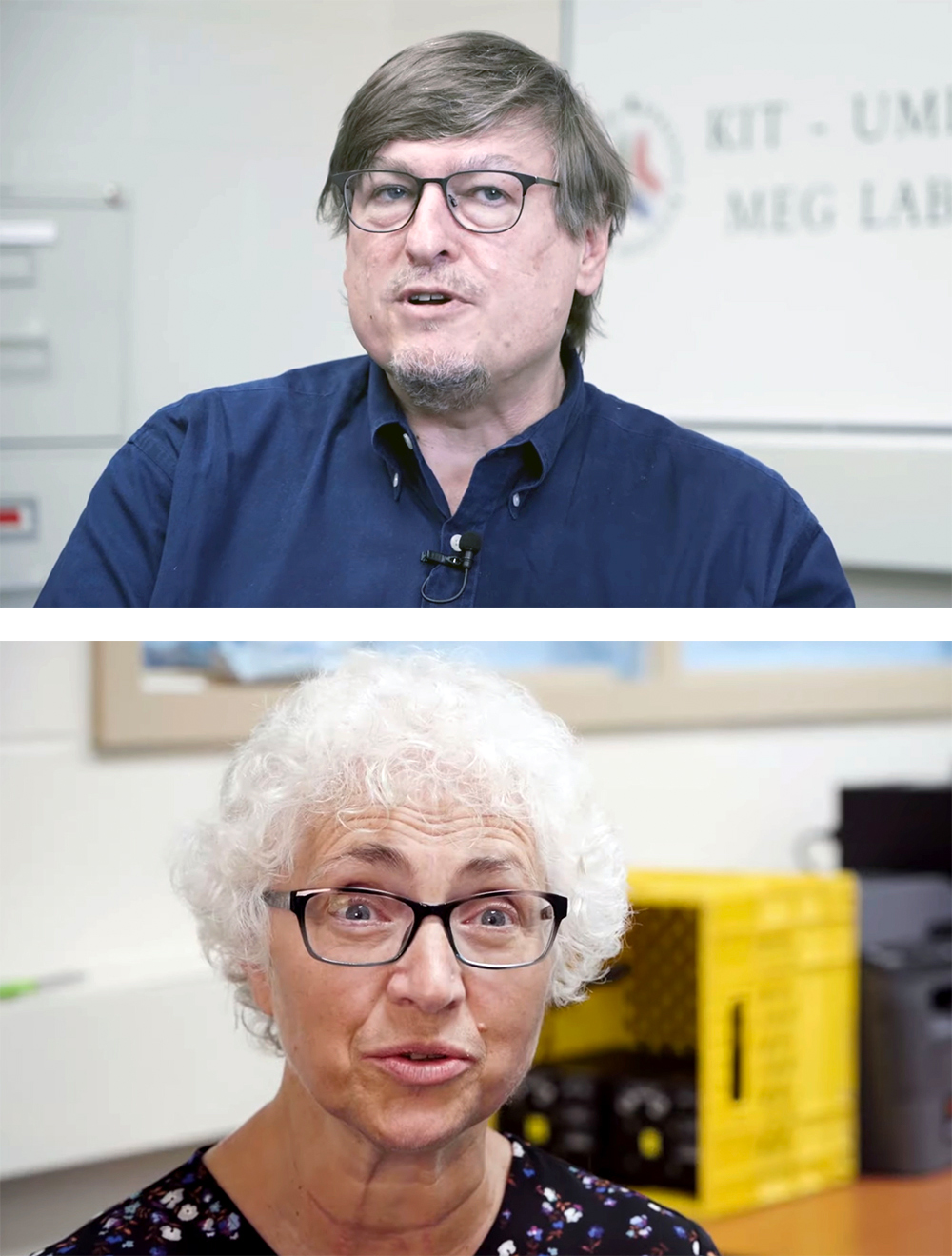News Story
Jonathan Simon and UMB's Elliot Hong win Research and Innovation Seed Grant
Professor Jonathan Simon (ECE/Biology/ISR) and Dr. Elliot Hong of the University of Maryland Baltimore have won a 2014 Research and Innovation Seed Grant for “Temporal Auditory Coding in Schizophrenia and Treatment-Resistant Auditory Hallucination.”The seed grants are awarded annually by the University of Maryland, College Park, and the University of Maryland Baltimore to teams of researchers from both institutions who work together across disciplinary boundaries. The program supports basic science research that has the potential to be used for future health care improvements and technologies. The seed grant program is part of MPowering the State, a strategic partnership launched in 2011 to support collaborative research and education between UMD and UMB, the state’s top two public research institutions.
Hong is Chief of the Neuroimaging Research Program in the Department of Psychiatry and the director of the UM Center for Brain Imaging Research.
Simon and Hong will investigate the neural processing of rhythmic sounds (whether speech or simpler sound rhythms) in schizophrenia patients with treatment-resistant auditory hallucinations, compared to neural processing in patients whose auditory hallucinations are treatable, and with healthy listeners.
The neural mechanisms underlying these diverse abnormalities, which are measured by electroencephalography and magnetoencephalography techniques, are not known. This research will advance the state of research in schizophrenia.
About auditory hallucinations in schizophrenia
Schizophrenia is a complex mental disease or syndrome that alters an individual’s perception, emotion, cognition and behavior. About 1% of the population is affected by it. It is one of the top 10 medical disorders in terms of disability and socioeconomic costs.
A hallmark feature of the illness is auditory hallucination, present in almost all patients sometime during their disease courses. While not entirely unique to schizophrenia, experiencing auditory hallucinations with certain characteristics are diagnostic or strongly indicative of having schizophrenia. In a subgroup of patients, auditory hallucination is stubbornly not responsive to available treatment and can be debilitating to some patients.
The current debate on the origin of auditory hallucination revolves around whether auditory hallucination is fundamentally a bottom-up problem, caused by erroneous processing of diverse external auditory inputs, or a top-down modulation problem, e.g., from attentional deficits or due to a failure to appropriately segregate and communicate internally-generated contents with the primary auditory pathway, leading to aberrant auditory perception.
The work of the researchers in this area
Current work by Dr. Simon shows that listening to, and the encoding of, auditory speech objects is an emergent property of neural codes at slow frequencies. The neural coding at these slower rates is most critical for the perception of speech and other natural sounds, and so may play a important role in revealing auditory hallucination mechanisms. Dr. Hong’s work on auditory EEG in schizophrenia have consistently shown that low-frequency neural oscillation during auditory paradigms is the most consistent abnormality identified in schizophrenia, and likely marks the genetic liability of the illness. Indeed, the initial collaboration between the two researchers shows very promising new findings, especially in how low frequency aSSR can robustly segregate patients from normal controls.
Published July 2, 2014






